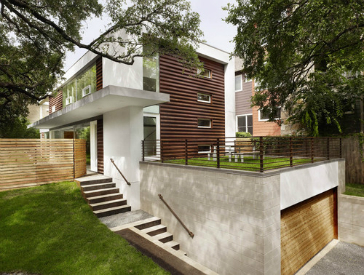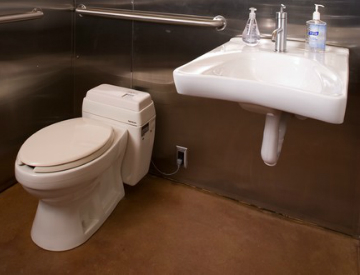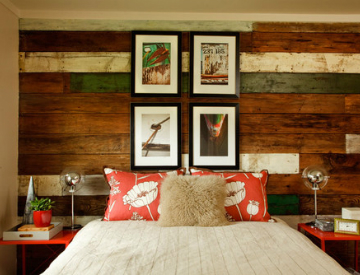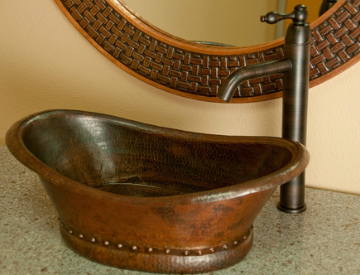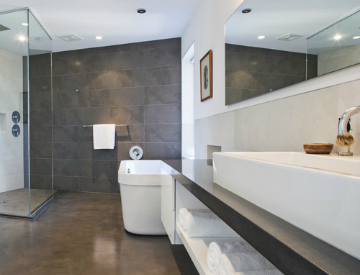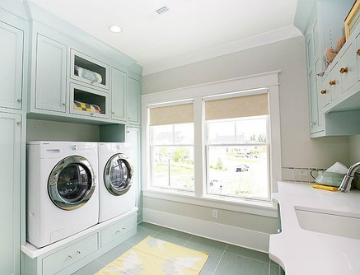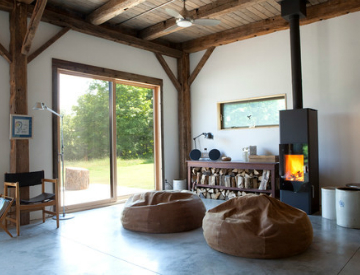
There are plenty of perks for installing a radiant heating system, including how eco-friendly it can be. Source: Houzz
Radiant heating means that the home is heated using plastic tubing circulating warm tubing usually placed beneath the visible flooring material. . Under the right circumstances, it can make a home more comfortable to live in while also reducing its heating bill because less heat is lost while being moved to where it needs to be. In a high altitude or cold weather environment, radiant heating has become the standard choice. Trilogy Partners uses radiant heat in all its high country homes.
Here are some of the most important considerations when installing a radiant heating system:
- Since radiant heating is less common than convection heating, you should choose a contractor with experience installing such systems.
- Most heating systems of this kind are installed beneath the floors. Therefore, you may need to vacate your home for a couple of months depending on the extent of the installation.
- You need to choose your flooring material so that the electromagnetic waves can pass through. Tile and concrete are perfect, but layered engineered wood can also work.
- Learn about how such heating systems are best used. For example, they need time to heat up, meaning that they are best when continuously run at lower temperatures.
- Ask an energy-efficient consultant to study the effects on your home’s overall efficiency before you have one installed.
To learn more about less common heating systems such as geothermal heating, please contact us at Trilogy Partners.








